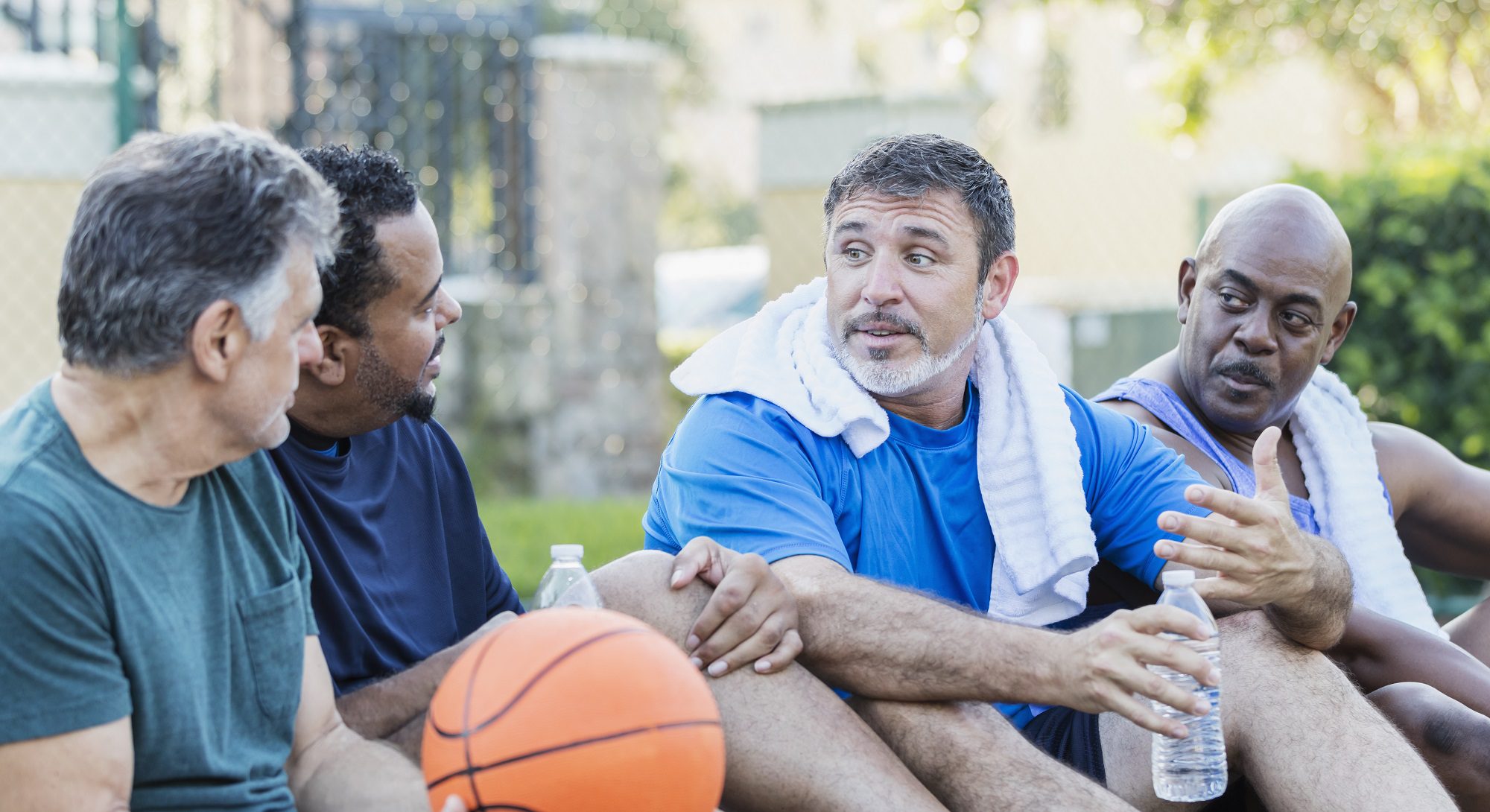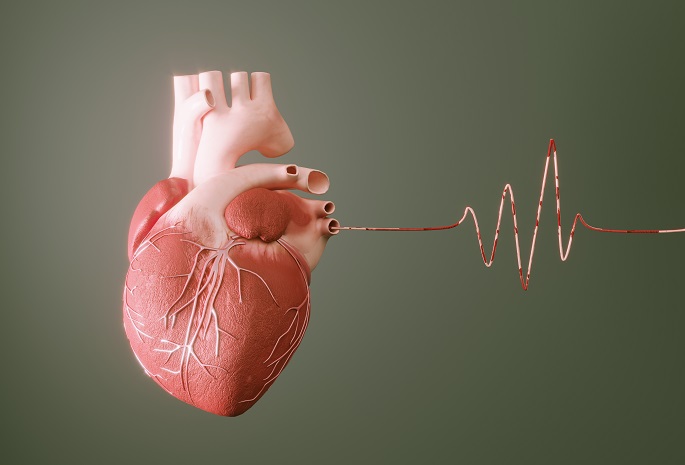What Are Overactive Bladder and Urinary Incontinence?
When your bladder senses fullness, it contracts and creates a sudden, urgent need to urinate. When it receives that sensation before it is actually full, doctors call the condition overactive bladder. You can find the urge hard to control, and your bladder may empty on its own, leading to urinary incontinence.
Urinary incontinence occurs when your bladder leaks urine, which you cannot control. Doctors see two types of urinary incontinence. Weakness in your pelvic floor muscles and increased pressure from activities like sneezing or exercising cause stress incontinence. Untimely bladder muscle contractions cause urge incontinence, an extreme form of overactive bladder.
“We don’t 100% understand the cause of overactive bladder,” says Dr. Hammett. “But we do know your nerves and muscles play important roles in bladder control.”
Some common risk factors for overactive bladder and urinary incontinence include:
- Being female
- Being overweight
- Congenital disabilities
- Diabetes
- Injury or surgery near the bladder area
- Giving birth
- Pelvic organ prolapse
- Weak muscles in the pelvic floor or bladder
eCoin Stimulates Your Nerves To Control the Urge To Urinate
People with good bladder control have normal nerve stimulation from the brain to the bladder. The nerves send clear messages to the muscles, telling them when to squeeze and empty. The eCoin stimulates some of those same nerves to improve bladder control. It helps with overactive bladder and urge incontinence (not stress incontinence) by reducing the signals that tell your bladder to squeeze.
A urologist places the eCoin implant—about the size of a nickel—right under the skin at the ankle. Here, the device can stimulate the tibial nerve, which helps with bladder control. It is the same nerve acupuncturists use to treat overactive bladder. But with eCoin, you get imperceptible electrical pulses for many years without needing repeat appointments.
The Benefits of eCoin
The eCoin treatment has many benefits.
- Low risk and easy: The simple, low-risk implantation procedure requires only local numbing and a small, shallow cut near the ankle. It is an in-office procedure, and you go home later that same day with no down time.
- Flexible: The eCoin device goes with you. This frees up time you might have spent at doctor appointments and eliminates the need for reminders to take medication.
- Promising results: “It is still new. But so far it seems to work well. For many patients, their urge incontinence resolves right away,” notes Dr. Browne.
- Requires fewer visits: eCoin does not require ongoing weekly visits, like other treatments, so you can spend your time however you want.
- Long-lasting results: The eCoin device lasts for three to five years (based on battery life and level of stimulation) before you need to replace it.
- Safe and FDA-approved: The U.S. Food and Drug Administration approved the eCoin as safe and effective to treat urge incontinence.
The eCoin Process
Start your journey to better bladder control with a consultation with Dr. Browne or Dr. Hammett. Together, you will discuss your symptoms and goals, then decide if eCoin will work best for you. “I’m a strong believer in patients having a choice in their treatment options,” says Dr. Hammett.
If you decide to use eCoin, a doctor will implant the device. Patients stay awake during the procedure and receive local anesthesia to numb the ankle area. The urologist makes a small cut (an inch or less) and places the eCoin just under the skin before closing it up. Patients go home the same day with minimal pain. You may feel the implant when you run your hand over it, but you often do not see it.
A few weeks later, once the cut heals, the urologist activates the implant. It begins to emit unnoticeable electrical pulses. They can adjust the pulse frequency and intensity as needed.
Who Should Try eCoin?
As a low-risk treatment, eCoin can offer symptom relief for many patients with overactive bladder and urge incontinence.
For people who tried medications but didn’t get relief or had bothersome side effects, eCoin may be a good alternative. eCoin may also work well for patients who experienced success with other treatments but want better results or a more flexible treatment. For example, patients who saw improvement after weekly nerve stimulation treatments will likely have success from eCoin, too.
Some factors can limit the effectiveness of eCoin. Any damage or injury to the lower leg or nerves might lessen how well it works for you. Your urologist can help you determine if eCoin might be a good option for you.
Other Treatments for Overactive Bladder and Urinary Incontinence
Emory Urology offers a wide range of treatments for bladder control problems. “While many practices in Georgia offer at least one treatment, we provide all the options in the American Urological Association guidelines,” says Dr. Browne.
Lifestyle changes can often offer a first-step treatment. Dr. Hammett may recommend patients avoid bladder irritants (like caffeine and alcohol) and stop drinking fluids after dinner. Doctors also encourage patients to achieve a healthy body weight, try pelvic floor therapy, manage sleep apnea and relieve constipation.
Medications can also help, though they come with side effects. Common issues include dry eyes, dry mouth and constipation.
If medications don’t work, patients can try options such as peripheral tibial nerve stimulation (PTNS) or Botox. The success of PTNS prompted the invention of eCoin. During PTNS, your provider inserts a needle in the ankle nerve to stimulate the nerve. This treatment requires weekly office visits for about 12 weeks, followed by monthly visits. Like eCoin, PTNS has low risks and offers great results. But some patients may find it challenging to make weekly visits based on their schedule.
Urologists also use Botox injections in the back wall of the bladder to help control overactive urges. Because Botox paralyzes muscles, it decreases the squeeze of the bladder. These temporary results require repeat treatments.
Find the Right Overactive Bladder Treatment for You
If an overactive bladder interrupts your daily life, you have many treatment options.
“People don’t talk about overactive bladder because it can feel embarrassing. But it’s exceptionally common, especially for women,” says Dr. Hammett. “Patients have so many treatment options and things we can try.”
Emory Urology offers the latest treatments, including clinical trials, which help advance health care and improve patients’ lives. Our caring team of urology experts can help you with your incontinence-related health concerns. To learn more or schedule an appointment, please call 404-778-4898.





